Authors:
ABSTRACT
Aim
This was to investigate if dental restorations on human, dog and bovine primary teeth are equatable for
microleakage analysis, and the respective marginal adaptation deficiency in in vitro conditions.
Methods
In order to determine the level of microleakage in Class V polyacid-modified composite restorations of human, dog and
bovine primary teeth, samples were evaluated by dye-leakage method in sections of the inner area of the restorations.
Results
We found no leakage in 6 out of 10 (60) human restorations, in 7 out of 10 (70) of dog and in 7 out of 10 (70)
of bovine teeth. The levels of dye-microleakage were tested with Kruskal-Wallis one-way variant analysis method. The
relative leackage differences were not statistically significant among all species (p>0.05).
Conclusion
We concluded that
dog and bovine primary teeth might be suitable for in vitro studies instead of
human ones.
PLUMX METRICS
Publication date:
Keywords:
Issue:
Vol.14 – n.1/2013
Page:
Publisher:
Cite:
Harvard: I. Yavuz, E. C. Tumen, C. A. Kaya, M. S. Dogan, A. Gunay, M. Unal, I. R. Toptanci, E. Bahsi (2013) "The reliability of microleakage studies using dog and bovine primary teeth instead of human primary teeth", European Journal of Paediatric Dentistry, 14(1), pp42-46. doi:
Copyright (c) 2021 Ariesdue

This work is licensed under a Creative Commons Attribution-NonCommercial 4.0 International License.
